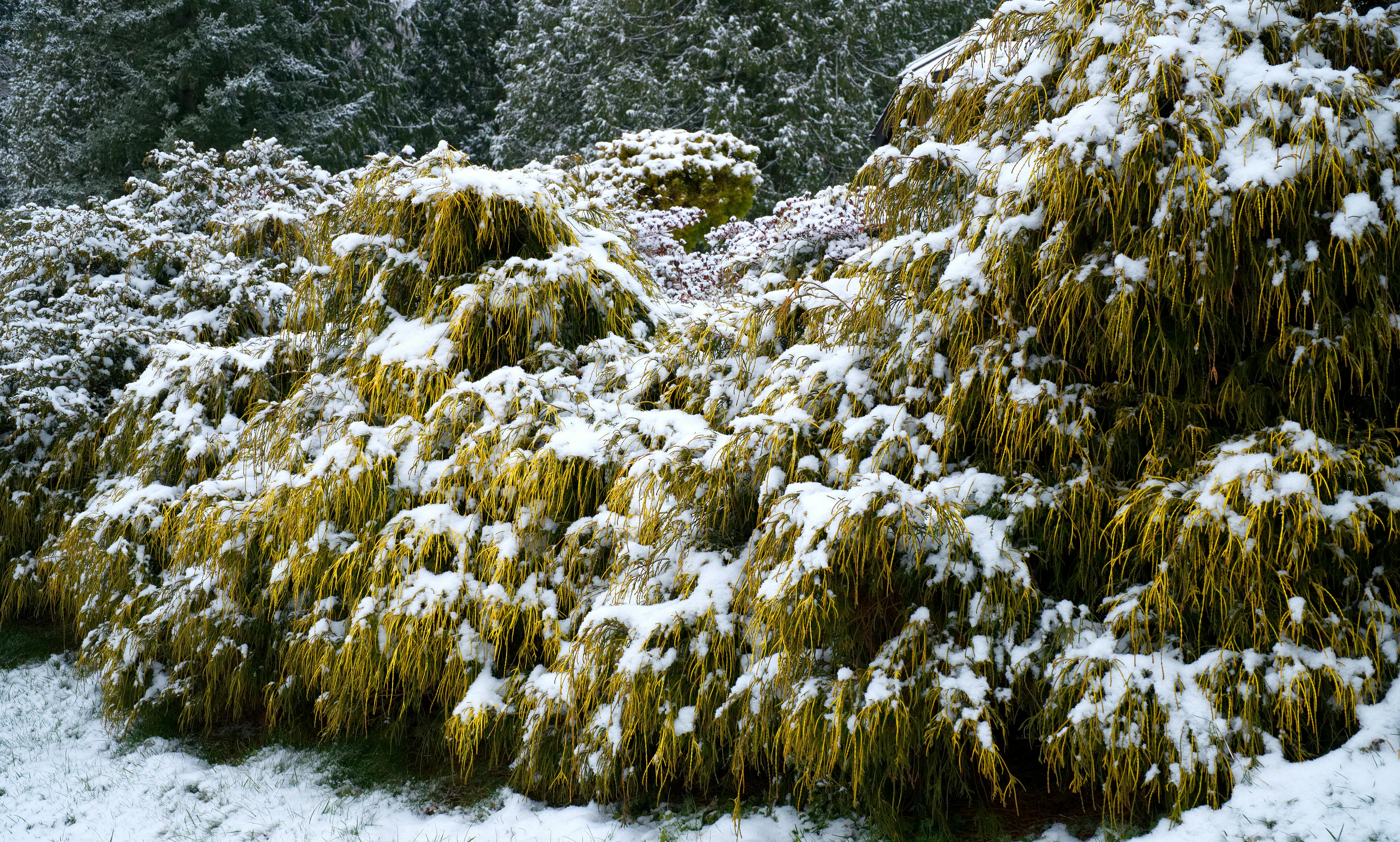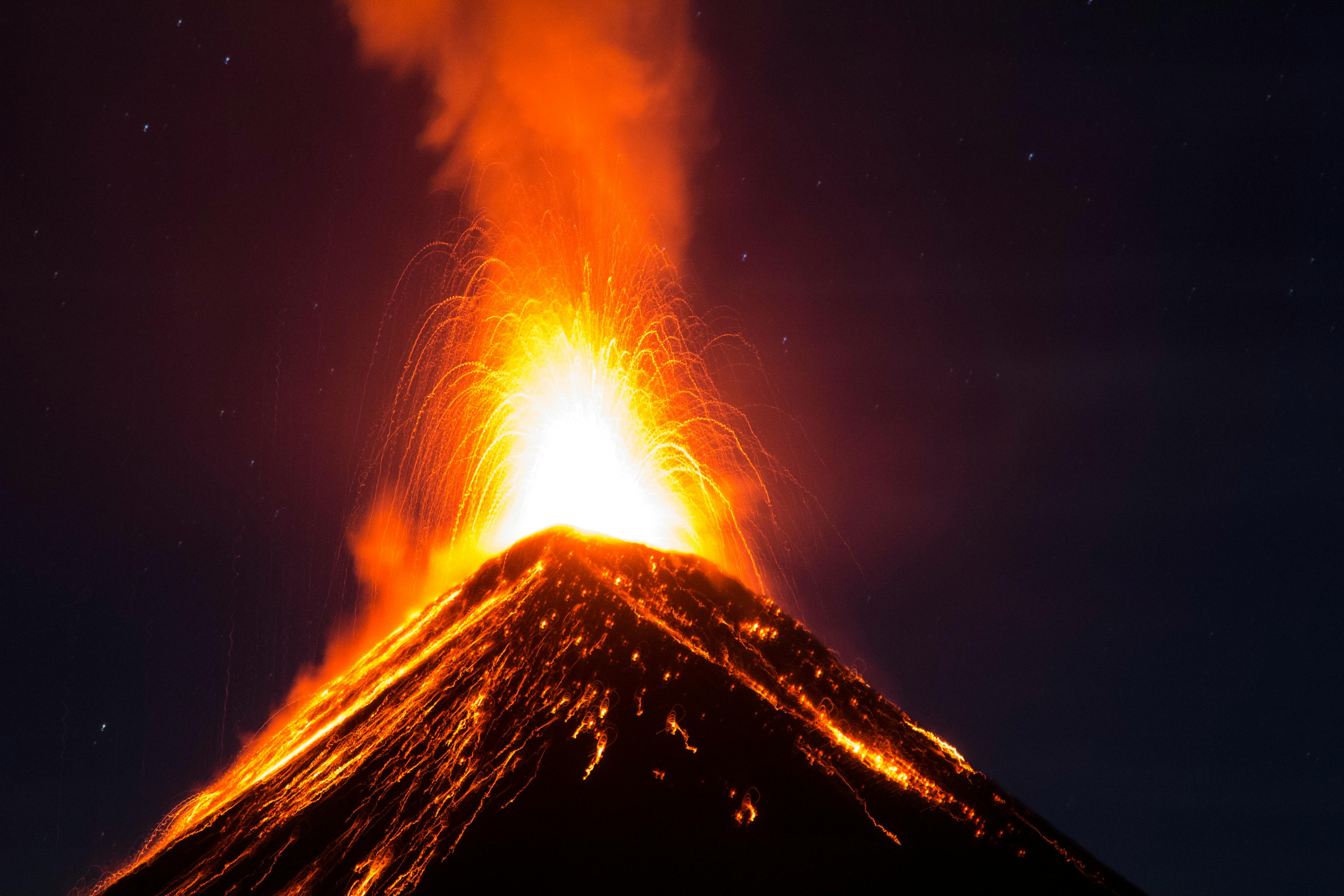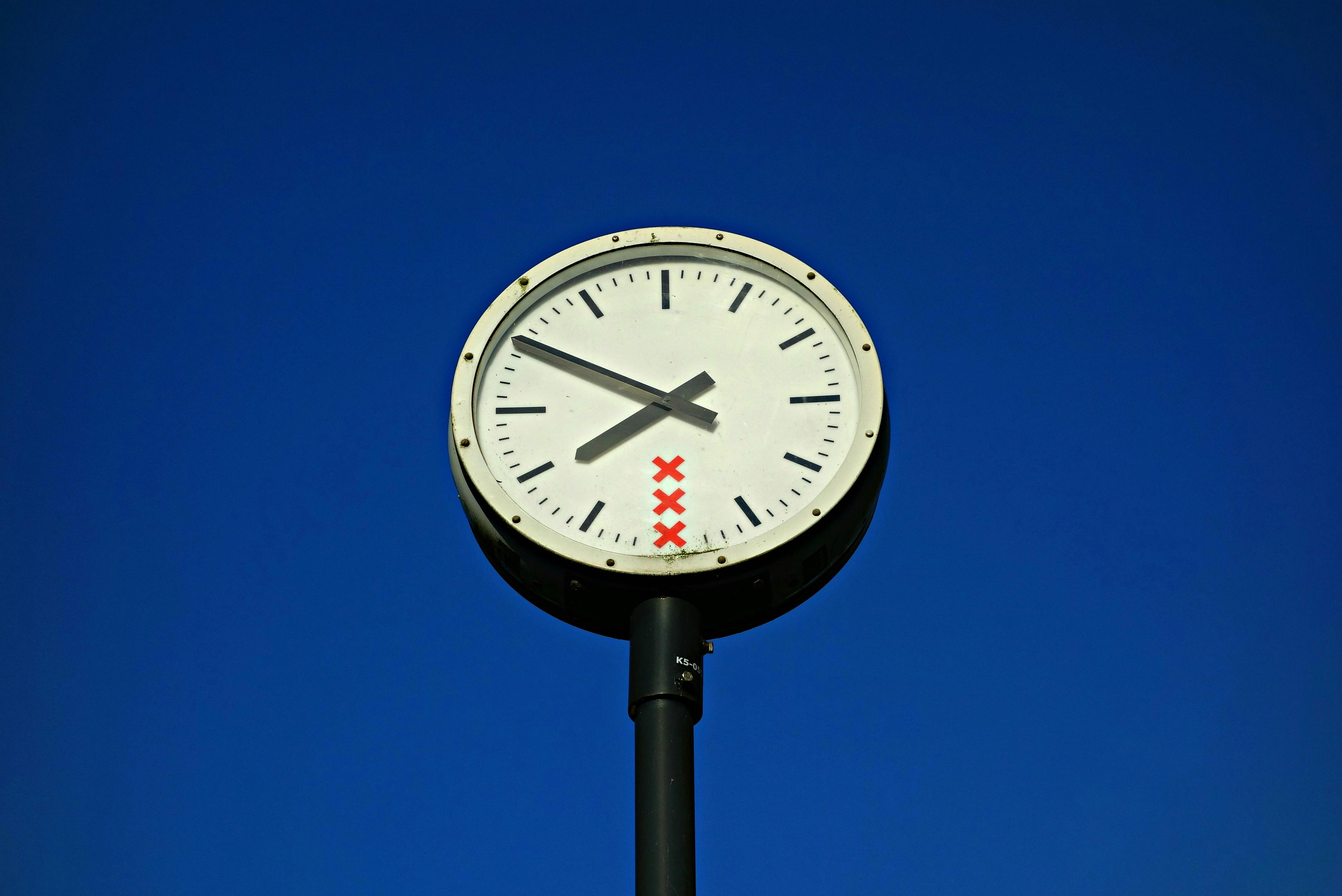What's Happening?
Sandro Botticelli, an Italian painter of the Early Renaissance, is renowned for his unique artistic vision and contributions to Renaissance art. Born Alessandro di Mariano di Vanni Filipepi, Botticelli was
part of the Florentine School under the patronage of Lorenzo de' Medici. His works are characterized by precise lines, graceful figures, and iconic use of symbols. Among his most celebrated paintings are 'The Birth of Venus' and 'Primavera,' both housed in the Uffizi Gallery. Botticelli's career included significant projects such as frescoing the walls of the Sistine Chapel under Pope Sixtus IV. His later life saw him influenced by the teachings of Girolamo Savonarola, which impacted his artistic output. Despite facing accusations of heresy, Botticelli's work remains a subject of scholarly attention, particularly for its complex meanings and beauty.
Why It's Important?
Botticelli's contributions to Renaissance art are significant due to his innovative approach to painting and his influence on subsequent generations of artists. His works, characterized by their beauty and intricate symbolism, continue to be studied for their artistic and philosophical depth. Botticelli's involvement in major projects like the Sistine Chapel frescoes highlights his importance in the art world of his time. His association with prominent figures such as Lorenzo de' Medici and his participation in significant artistic committees underscore his influence in shaping Renaissance art. The enduring appeal of his masterpieces, such as 'The Birth of Venus,' reflects the lasting impact of his artistic legacy on both historical and contemporary art discourse.
What's Next?
The continued scholarly interest in Botticelli's work suggests ongoing research into the deeper meanings and influences behind his paintings. Art historians may further explore the impact of Savonarola's teachings on Botticelli's later works, as well as the broader cultural and religious contexts of his time. Exhibitions and studies focusing on Botticelli's masterpieces are likely to persist, contributing to a deeper understanding of Renaissance art and its evolution. Additionally, the preservation and display of Botticelli's works in major galleries ensure that his art remains accessible to the public, fostering appreciation and dialogue around his contributions to the art world.
Beyond the Headlines
Botticelli's life and work offer insights into the ethical and cultural dimensions of Renaissance art. His association with Savonarola and the alleged heretical themes in his paintings reflect the complex interplay between art, religion, and politics during the Renaissance. The narrative of Botticelli's artistic journey, including his participation in the 'Bonfire of the Vanities,' highlights the tensions between artistic expression and religious orthodoxy. These aspects of Botticelli's story contribute to a broader understanding of the challenges faced by artists in navigating the cultural and ideological landscapes of their time.














